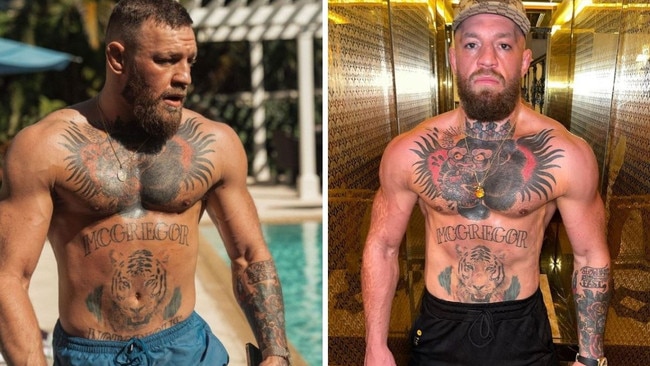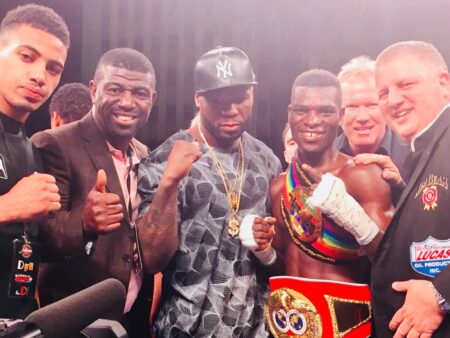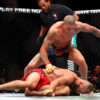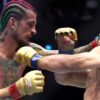
The Octagon, once a familiar stage for the audacious antics and unparalleled prowess of Conor McGregor, now seems more distant than ever. A recent announcement that “The Notorious” has accepted an 18-month retroactive ban for violating the UFC`s anti-doping policy has sent ripples through the mixed martial arts community, igniting fervent discussions about the future – or rather, the potential end – of his illustrious, albeit lately fragmented, career.
The Ban: A Technicality or a Telltale Sign?
McGregor`s latest entanglement isn`t with a rival fighter, but with the intricacies of drug testing protocols. The ban stems from a failure to provide his whereabouts on three separate occasions, preventing drug test samples from being collected by the Commercial Sport Anti-Doping (CSAD) program. While this isn`t a failed drug test in the traditional sense, a “whereabouts failure” is a serious breach of anti-doping rules, essential for maintaining the integrity of sport. Athletes are required to keep testing authorities informed of their location to facilitate unannounced testing. Missing three such attempts within a 12-month period is treated with the same gravity as a positive test.
Retroactive to his last known testing interaction, the 18-month suspension makes McGregor technically eligible to compete by March of next year. This timing has raised more than a few eyebrows, particularly in light of the much-hyped “UFC White House” event slated for the summer. McGregor has been vocally campaigning for a slot on this monumental card, eyeing a long-awaited clash with Michael Chandler. The perceived convenience of his eligibility date, aligning just three months prior to this high-profile event, has led some observers to label it “performative” – a strategic maneuver rather than a genuine resolution of a disciplinary issue.
The White House Dream and the Reality Check
For weeks, the prospect of McGregor headlining a historic event at The White House has been a tantalizing thought for fans and the promotion alike. UFC President Dana White has promised an unparalleled card, suggesting it might not even need its biggest stars to be a success, a subtle hint that the promotion can indeed thrive without its most famous, and sometimes most problematic, personalities. However, the allure of McGregor`s presence remains undeniable.
The ban, however, casts a long shadow over these aspirations. Despite technical eligibility, the practicalities of a return after such a prolonged absence, combined with persistent anti-doping issues, are formidable. Michael Chandler, who has patiently – some might say masochistically – waited for his shot at McGregor, must be feeling a familiar pang of disappointment. The narrative around their proposed fight has become less about skill and more about whether it will ever actually materialize.
A Career in Flux: More Business Than Brawling
Conor McGregor`s journey from double champion to a sidelined superstar has been well-documented. His last professional fight was in July 2021, ending in a brutal leg injury against Dustin Poirier. Since then, his public life has been dominated by business ventures, media appearances, and the occasional Twitter skirmish, rather than rigorous fight preparations. His transition from a relentless competitor to a global entrepreneur has been striking, leading many to question where his true priorities now lie.
The repeated delays, unfulfilled promises of return, and now this anti-doping ban, paint a picture of an athlete whose focus may have shifted irrevocably. The once unstoppable force who captivated millions now struggles with the mundane requirements of a professional sport.
Fan Verdict: “He`s Never Fighting Again”
Social media, ever the unfiltered barometer of public sentiment, has been ablaze with reactions. The consensus among a significant portion of fans is stark: “He`s never fighting again.” This isn`t just cynicism; it`s a weariness born from years of anticipation culminating in disappointment. From a user on X quipping about McGregor`s timely social media silence before the news broke, to others expressing skepticism about the “convenient” timing of his eligibility, the mood is decidedly pessimistic.
Even seasoned analysts and former fighters have begun to question the commercial viability and competitive integrity of a McGregor return. While his star power remains immense, the practical challenges of preparing for a high-level UFC fight after years of inactivity and regulatory hurdles are immense. Could this truly be the final chapter, not announced with a grand retirement speech, but quietly signaled by a bureaucratic ban?
The Legacy Question
Conor McGregor redefined mixed martial arts, bringing it into the mainstream with his charisma, skill, and unparalleled self-promotion. He broke pay-per-view records and became a global icon. Yet, as his fighting career winds down, potentially without a definitive farewell, his legacy faces a complex evaluation. Will he be remembered as the revolutionary double-champ, or the enigmatic superstar whose final acts were marred by inactivity and administrative issues?
The 18-month ban is more than just a sanction; it`s another inflection point in the extraordinary, often bewildering, career of Conor McGregor. While the door for a return technically remains open, the patience of fans, the resolve of the promotion, and perhaps even McGregor`s own desire to step back into the competitive fire, appear to be dwindling. The Octagon, it seems, waits for no man, not even “The Notorious.”









